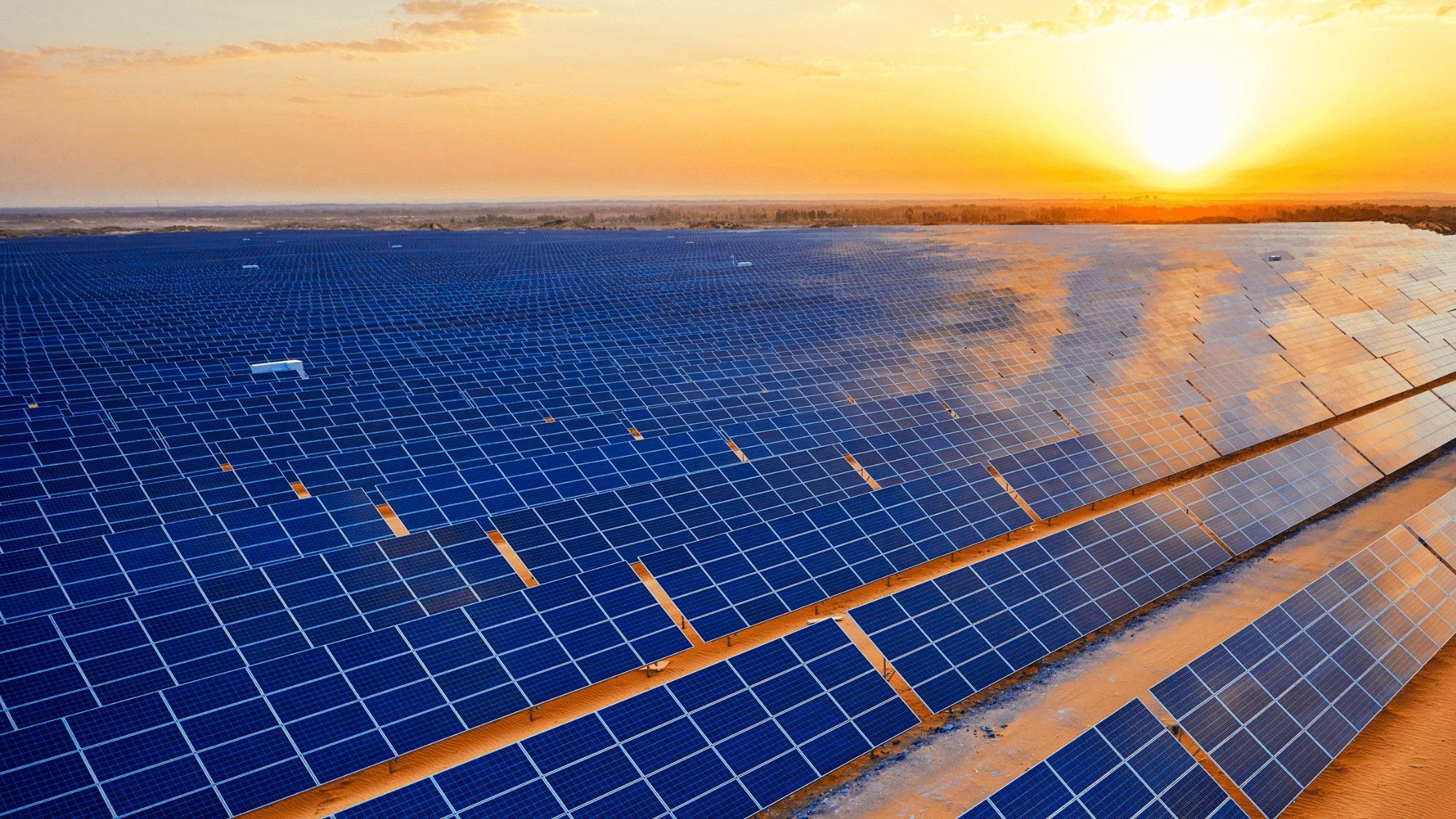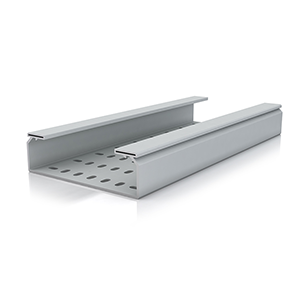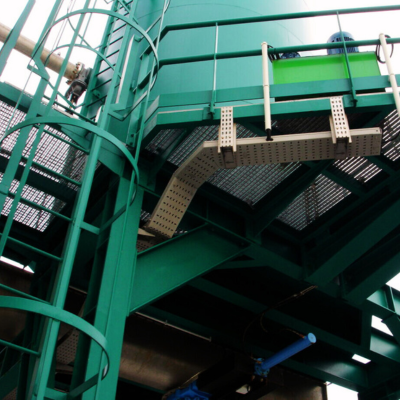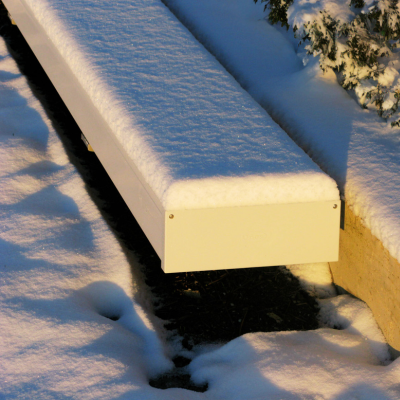Along with the increase in photovoltaic power installed around the world, it is becoming more and more common to see news, videos and images of fires in solar panels mounted on houses or buildings... Although there is a perception that PV installations are not particularly dangerous, according to this study by the University of Edinburgh, there are 29 fires per gigawatt installed per year in the European Union.
This figure has an impact when considering the European Commission's REPowerEU plan, which has as one of its objectives to accelerate the production of clean energy and reach a photovoltaic capacity of 320 GW by 2023 and 600 GW by 2030.
 In this regard, and following the previously mentioned study, it is estimated that, if not prevented, between 9,000 and 17,500 fires could occur in photovoltaic plants during 2025 and 2030 respectively.
In this regard, and following the previously mentioned study, it is estimated that, if not prevented, between 9,000 and 17,500 fires could occur in photovoltaic plants during 2025 and 2030 respectively.
In this context, preventing the risks of fire in the system is fundamental and to achieve this, it is necessary to seek advice from experts in the field.
At Unex, we have more than 45 years of experience in outdoor installations. Our trajectory as an innovative manufacturing group has led us to deliver outstanding solutions for cable management in hundreds of photovoltaic projects around the world and, for years, we have been members of different photovoltaic associations Unef, Atlansun, Clean Energy Council y SER, consolidating our commitment to the quality of self-consumption installations. This is why we want to advise you on safety.
Most common causes of fires in the photovoltaic sector
![]() As a sustainable way of producing electricity and bringing the goal of reducing CO2 emissions closer to cities, clean and renewable energy installations are becoming more and more common in buildings and industrial buildings.
As a sustainable way of producing electricity and bringing the goal of reducing CO2 emissions closer to cities, clean and renewable energy installations are becoming more and more common in buildings and industrial buildings.
In particular, photovoltaics is growing exponentially: according to estimates by the International Energy Agency (IEA), the manufacturing capacity of all photovoltaic components is expected to double to 1,000 GW by 2024 globally, so that by 2030 the planet will have enough to meet all annual demand. This context of accelerated growth in PV installation is a contributing factor to the fire risks in the sector and reminds us that these are still evolving and research projects.
On a more technical note, and in line with the Edinburgh University study, half of all fires of this type are caused by internal causes, i.e. problems emanating from faults in the installation itself. Among the most common causes of this type are: incorrect installation of elements; overheating of the panels or inverters if they are placed in a poorly ventilated area; and electrical faults due to poor wiring or faulty cable insulation.
There are also external reasons, such as extreme environmental conditions, e.g. prolonged drought or fire in the surroundings; physical impacts, such as falling objects, hail, storms or animals causing damage to solar panels or cables; and lack of maintenance. Whatever the cause, extinguishing a fire affecting a photovoltaic installation is not easy: due to its characteristics, it cannot be extinguished simply by spraying water and is mostly found in isolated or hard-to-reach locations.
As if this were not enough, photovoltaic modules have the particularity of continuing to produce energy because they continue to receive sunlight despite the presence of fire, so electricity continues to flow through the installation. This is an added danger: the risk of electrocution increases. It should be borne in mind that up to 1500V of direct current can flow through the cables of a photovoltaic installation.
Prevention is better than curing
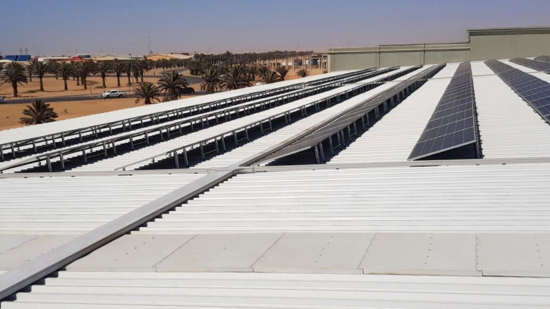 Preventing electrical and fire hazards in the design of the installation is the first step to a safe installation.
Preventing electrical and fire hazards in the design of the installation is the first step to a safe installation.
It may seem obvious, but especially in outdoor installations it is always very necessary to carry out a general risk assessment in the initial design considering the use of the highest quality insulating materials with all the latest certifications.
Cable protection is also a very important aspect to consider and is often neglected. As a secondary item, it can be tempting to cut costs on products designed for this purpose, as there is a tendency to underestimate their function.
However, such cost-cutting can lead to serious losses in terms of money and security risks.
This point needs to be emphasised because it is not uncommon to find photovoltaic installations with wiring "laid" directly on the roof, where fire can immediately spread to the roof and, if the roof is metal (as in industrial buildings), it could also be energised, leading to a high possibility of electrocution.
To avoid this scenario, it is recommended to protect, conduct and tie the wiring correctly with insulating material products, such as Unex's own thermoplastic.
In this sense, metallic conduits are not the best option to reduce fires in photovoltaic installations. Moreover, in the event of a fire in a cable, if there is no insulation, a short circuit will occur when conductors of different polarity, which remain live, come into mutual contact through the metallic conduit. As we have already mentioned, the panels continue to operate in the event of a fire, so when there is voltage in the conductors, these short circuits can spread throughout the entire installation, giving rise to the usual "sparks" and electric arcs.
Unex insulating trunking: Keeping you safer
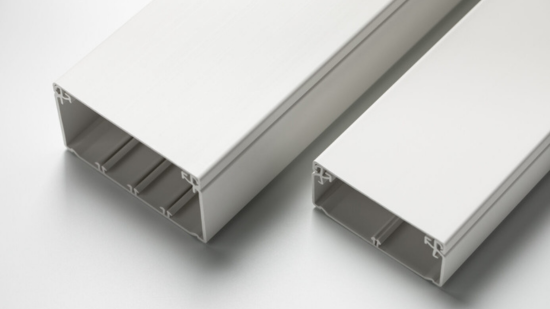 At Unex we recommend the use of insulating trunkings to conduct the wiring in photovoltaic installations.
At Unex we recommend the use of insulating trunkings to conduct the wiring in photovoltaic installations.
In addition, with an insulating trunking - such as our Trunking 73 or Cable tray 66 with cover - you eliminate the risk of indirect contacts for people. In case of cable insulation failure, the risk of short-circuit between the conductor and another metallic element, which is one of the most common sources of ignition, is eliminated. If a fire occurs, the electrical insulation is maintained, so there will be no arcing with other metal parts nearby, such as the structure of the panels. Thus, as there is no electrical risk, firefighters' extinguishing tasks are facilitated.
Finally, if a fire were to start in a cable inside a trunking, as it is a closed element, the supply of oxygen would be partly limited, which, together with its characteristic of not propagating the flame, would make it difficult for the fire to spread. Therefore, the fire would end up self-extinguishing.
Our products have been tested for more than fifty years in different applications, contributing to the success of electrical, telecommunications and air conditioning projects in different parts of the world. You can find all our solutions for the photovoltaic sector here.
Take care of the planet without neglecting your installation. With Unex, long-lasting, profitable and safe photovoltaic installations.
Contact us, we will be happy to help you.
On the Unex blog, we cover a wide range of topics of interest and share experiences from our clients. We remind you that all legal information and information regarding compliance with applicable regulations can be found on our official website. We invite you to consult it for a more comprehensive and accurate understanding.
